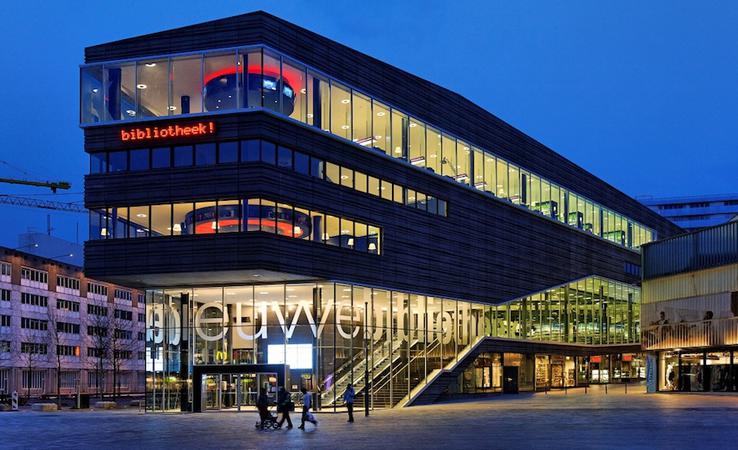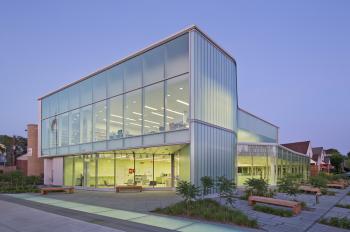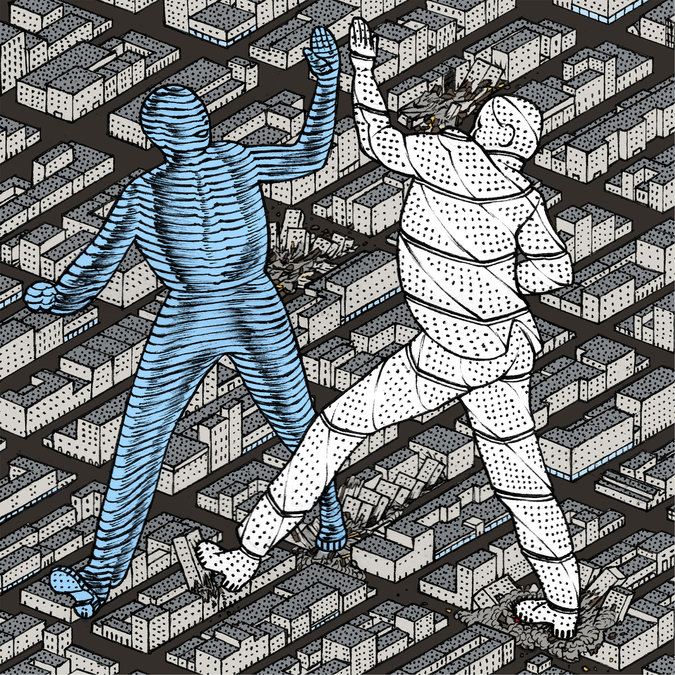placemaking and diversity
/Thriving public spaces enjoyed and used by all in the community is what placemaking should be about. And while this blog devotes a fair number of column inches to the topic of placemaking, on reflection, the importance of ensuring 'diversity awareness' as part of the process is not emphasised at all.
Some will say "Why should it be? If placemaking is done 'properly' the public space(s) will automatically be attractive the local and broader community anyway." To certain extent that may be true. However, I can't help but remember the axiom "She who fails to plan, plans to fail," so, in reality, these things can't be left to chance.
This line of thinking was brought on by the article Is America's Civic Architecture Inherently Racist? by Dean Saitta, writing for Planetizen. Saitta, in turn, was responding to an article by Mark Rinaldi, writing for Denver Post, Did Diversity Miss the U Train in Union Station Architecture? which created something of a firestorm among Denver citizens.
I would agree that bringing this debate into play around the renovation of a historic building - on which design restrictions are likely to be placed - is not completely helpful, perhaps. However, Rinaldi points to the need to envision a daily life beyond physical architecture - get to the 'how' and 'why' diverse people use public urban spaces.
It made me think. There are clubs and activities that broadly appeal to white people in Bermuda, clubs and activities that broadly appeal to black people and, yes, those that appeal to both. When the day finally arrives and Hamilton's Waterfront becomes an urban space extrodinaire, I hope it is because the designers and programmers are sensitive to and actively seek to create a public space that draws in a great mix of economically viable uses, has 24/7 activities through all seasons, allows for accessible and flexible spaces, supports creative amenities, is reflective of our (marine) history and culture and, yes, includes diversity awareness as one of its guiding tenets so that all feel welcome and safe.





